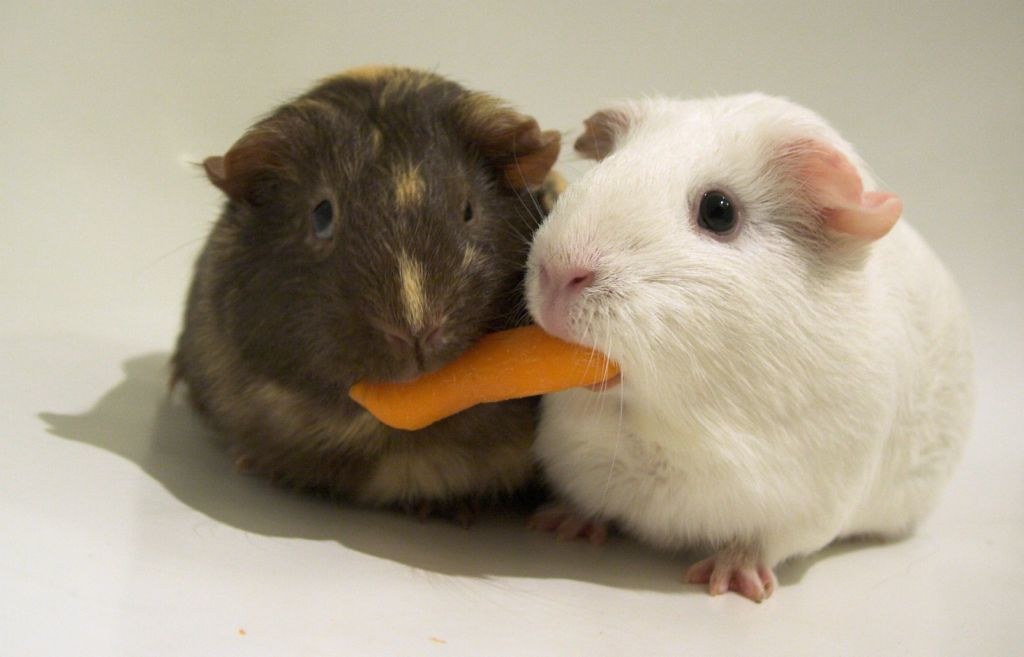
While the OER movement stresses the importance of open content, not all content can be legally reproduced on the open web. In my experience, faculty and students alike often hesitate to use digital content because they’re uncertain about how copyright law might apply.
What is copyright?
In general, copyright law serves two major purposes:
- Utilitarian: to encourage the creation of new works by incentivizing creators
- Author’s rights: to protect an author’s control over the integrity of their creative works
Copyright protects expressions of ideas, including literary and artistic works; translations, adaptations, arrangements of music and alterations of literary and artistic works; and collections of literary and artistic works.
Copyright applies the moment a creative work is expressed — as soon as you write down the lines of a poem or draw a cartoon mouse. No registration is required. Unless the author or creator specifies otherwise, all rights are reserved and no reproduction, distribution, or derivative use are allowed without permission from rights holder.
The public domain
Works in the public domain are not protected by copyright laws. Anyone is free to reprint, reuse, redistribute, republish, and re-purpose these works freely.
There are three main categories of public domain works:
- Works that are not protected by copyright and therefore enter the public domain upon creation, including:
- Facts and theories
- Laws, government works, and government documents
- Short phrases, titles, names, and familiar symbols and numbers (although these may be protected under trademark law)
- Works that have entered the public domain because copyright has expired or the author or creator failed to follow copyright renewal laws. In the US, works published in 1923 or before are in the public domain. Copyright renewal laws have allowed some works created between 1924 and 1989 to enter the public domain, but in general it’s good practice to assume that anything published after 1923 are protected by copyright.
- Works that have been deliberately placed in the public domain by the author or creator.
For an extremely thorough guide to copyright and fair use, see the Stanford University Libraries’ guide to Copyright & Fair Use.
The Creative Commons
The Creative Commons were developed to give authors and creators a way to deliberately permit certain uses of their works within copyright law. Watch this video to better understand what the Creative Commons licenses do and why they exist:
Creative Commons licenses are identified by four terms that can be used in combination to indicate how others can use your work:
 Attribution (BY)
Attribution (BY)
All CC licenses require that others who use your work in any way must give you credit the way you request, but not in a way that suggests you endorse them or their use. If they want to use your work without giving you credit or for endorsement purposes, they must get your permission first.
 Noncommercial (NC)
Noncommercial (NC)
You let others copy, distribute, display, perform, and (unless you have chosen No Derivatives) modify and use your work for any purpose other than commercially unless they get your permission first.
 No Derivatives (ND)
No Derivatives (ND)
You let others copy, distribute, display and perform only original copies of your work. If they want to modify your work, they must get your permission first.
 Share Alike (SA)
Share Alike (SA)
You let others copy, distribute, display, perform, and modify your work, as long as they distribute any modified work on the same terms. If they want to distribute modified works under other terms, they must get your permission first.
Fair Use
Sometimes you can use copyrighted works in an educational context without violating copyright law. If you are concerned about whether fair use applies, the best thing to do is to bring your materials to the Course Content office. The librarians in that office will evaluate copyright restrictions and, when possible, make the materials available to your students while observing copyright law.
The four factors to consider in determining what constitutes fair use are:
- the purpose and character of the use
- the nature of the copyrighted work
- how much of the copyrighted work is being used
- the effect of the use upon the potential market
For an overview of fair use, please watch “Fair Use in 2 Mins,” a video guide from April Hathcock, the Director of Scholarly Communications & Information Policy at NYU and former intellectual property and antitrust lawyer.
Assignment
For our next meeting, create a course outline that you can use as the basis for your OER syllabus. The outline should include:
- Achievable learning objectives
- Several distinct units that support your learning objectives
If you already have a syllabus for the course, this should be really easy! The idea here is to generate a structured framework that will be easy for your students to navigate and easy for you to populate with relevant content.
Next, begin annotating this document. Identify places on the syllabus where you can:
- Incorporate the principles of “open” in your lesson plan – what might that look like?
- Identify specific resources that meet the objectives of specific classes or units
This can (and should!) be an ongoing process, but aim to identify course materials — readings, textbooks, assignments, or lesson plans — that you could use in 3-5 weeks of your course (or topics covered) by our next meeting. As a reminder, there are tons of places to look for OER listed on the OER-ZTC Guide.
It’s OK if your notes are messy!
Keep your outline in your own files, but be prepared to bring a copy to our seminar.


